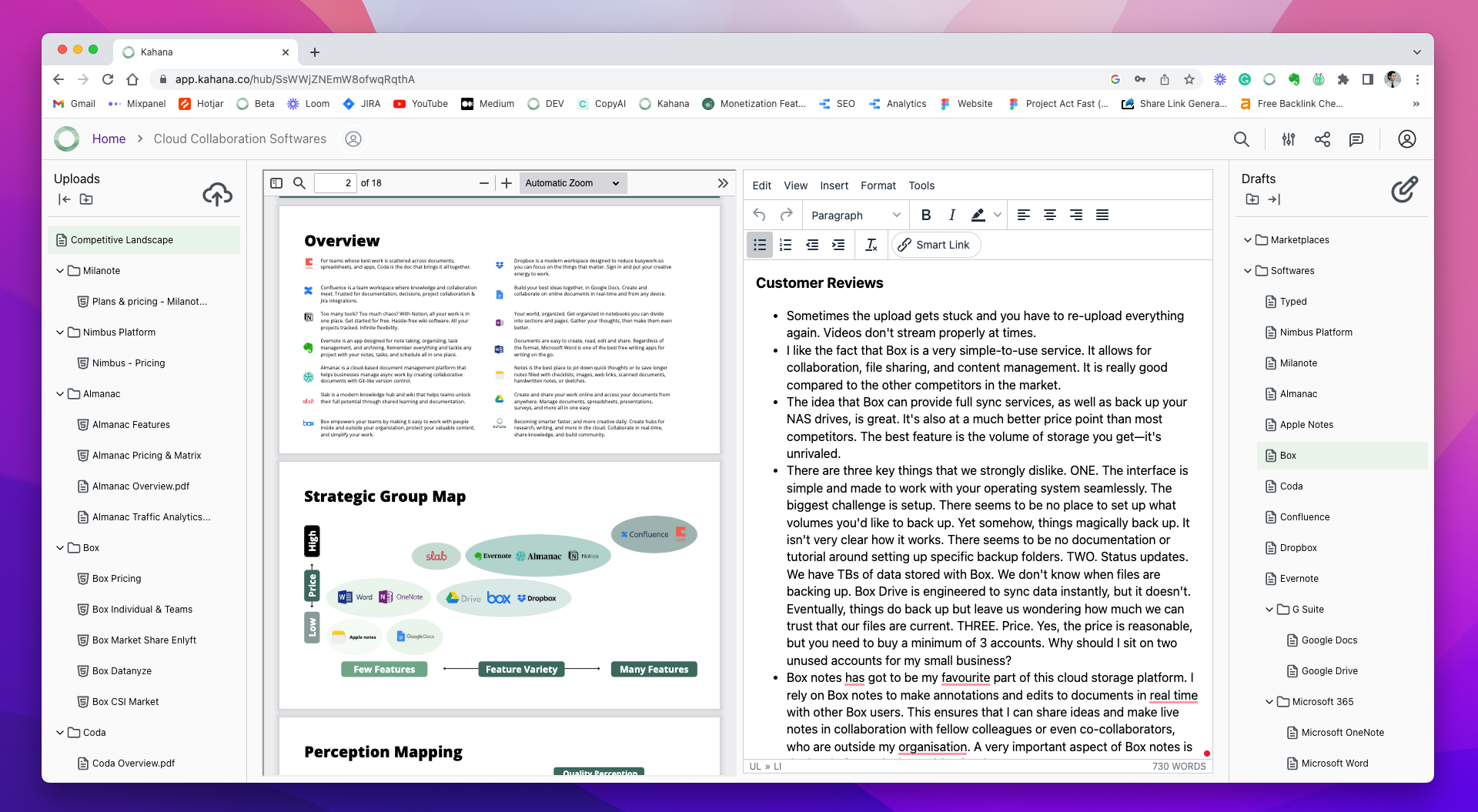Audience Research Tools Beginner Guide [2025]

Topics covered ✅
- Audience research tools free
- Free market research tools
- Facebook audience research tools
- Google research tools
- Best market research tools
- Company research tools
- Market research software tools
- Market research tools for startups
Marketing is all about knowing our target audience; not just who they are, but also where they are, what they're doing, what their interests are, and more.
Are you trying to figure out who your target audience is?
You've come to the right place.
In this article, we break down some proven audience research tools and considerations about how to leverage them.
1. Finding Your Audience
Generally, target markets are defined by a number of factors, including:
- Age
- Gender
- Location
- Income levels
In addition, target markets can also be defined by more abstract qualities like interests and attitudes.
That's where audience research tools come in.
With these tools, marketers can get an idea of who their target markets are and what makes them tick.

Claim My Free Audience Research Template
This hub comes ready-made with pre-populated resources, files, and structures to help you research your audience.
2. Target Audience
Before diving into audience research tools, we thought it essential to mention that overall, the best way to market your product or service is to understand who you're marketing it to.
If you're in the market for a new product or service, it's important to do your research.
In fact, we would go so far as to say that it's critical to know who your target audience is and how they behave before you even begin to create any marketing materials.
If you're a marketer, you're probably familiar with the term "target market."
But what does it mean? And what's the best way to go about finding one?
The answer: it depends.
3. Target Markets
Your target market is the group of people that you're trying to sell your products or services to.
If you're a startup, your target market will be quite small; just the people who need your product and want to buy it.
As your company grows, however, so does the size of your target market.
Therefore, it's important to talk with as many people in your target market as possible to continue getting insight into who your potential customers are and what they want from you.
4. Knowing Your Customer Base
Market research methods help you with the process of getting to know your market, also known as your potential customers.
It's about identifying who they are, what they want and need, and how you can give it to them in a way that makes them happy and satisfied with your brand or product.
On that front, it's important to be aware of brand perception research and product testing market research as key tactics.
5. Market Research Tools
There are a number of tools you can use to study your audience, including types of surveys for research and Google tools. Here is a breakdown of helpful market research tools for market researchers. These will help you get a sense of what your audience is interested in and what they have to say about it.
6. Google Analytics
Google Analytics is a tool that can help you identify your target market and learn more about them.
It’s a must-have for any marketer, especially useful if you have a website or social media profile.
You can use Google Analytics to track how people are interacting with your site, which demographics are most likely to be interested in your product or service, which pages they're viewing, where they're coming from (and going), and more.
This will help you figure out what works and what doesn't so that you can optimize your content strategy for maximum engagement.
7. Google Trends: Search Patterns
Google Trends allows you to see how often certain keywords are searched for over time, and what regions are searching for those terms most frequently.
This tool can help identify trends among potential customers as well as provide insight into your own company's marketing strategy, by showing which terms have been used most often on your website and social media accounts over time.
You can use Google Trends to conduct keyword research and determine what keywords people are using when they're searching for information about your business or industry.
When it comes to B2B SEO in particular, you can also see which terms have a higher search volume than others. This helps businesses to understand what words or phrases are popular among potential customers, as well as gives them insight into what people care about most when it comes to that field of work.
Lastly, it can help a business create content around those topics accordingly.
8. Using Audience Insights on Social Platforms
If you want to know more about your current customers (or potential customers), audience insights can help by showing you demographic data about them like age range, gender identity/expression, and education level.
Audience insights are also beneficial if you want more detailed information about what people think about a particular topic or subject matter.
It allows users to write down questions and receive answers from knowledgeable people in their networks.
You could also use this tool if you need some advice on something specific. It pulls data from multiple sources, including social platforms such as LinkedIn and Facebook.
If you want more information about how much traffic each site gets and how often users visit them (which could indicate how popular they are), then audience insights can help out there too.
It's also worth noting that if someone has visited a specific website recently, they may be interested in what kind of content is being offered there.
9. Study Every Site's Users
Audience insights show users information like:
- Age range
- Gender breakdowns
- Interests
- Location data like postal code or city name (or both)
- Other useful details like whether they're likely to be married or have children at home (and how many)
Knowing this information is essential for conducting thorough segmentation research.
10. How Marketing Research Helps a Company
Marketing research surveys help your company acquire information about potential customers.
Answers from these surveys can help you make business decisions that will yield the most profit.
These decisions can be about marketing, product design, pricing, customer service, and more.
11. Selling Your Product
To succeed as a business, you need to utilize the above tools to find and properly engage your target audience.
By doing so, you're one step closer to successfully marketing your products and services to them.

Talk with a Kahana representative
Fill out your information and a Kahana team representative will reach out to you. Have a simple question? Search our library of articles
